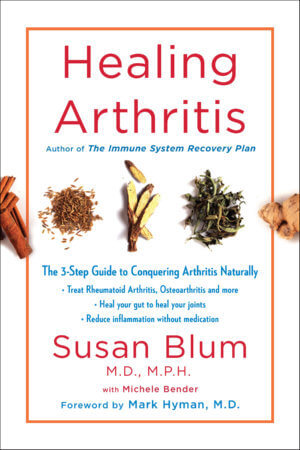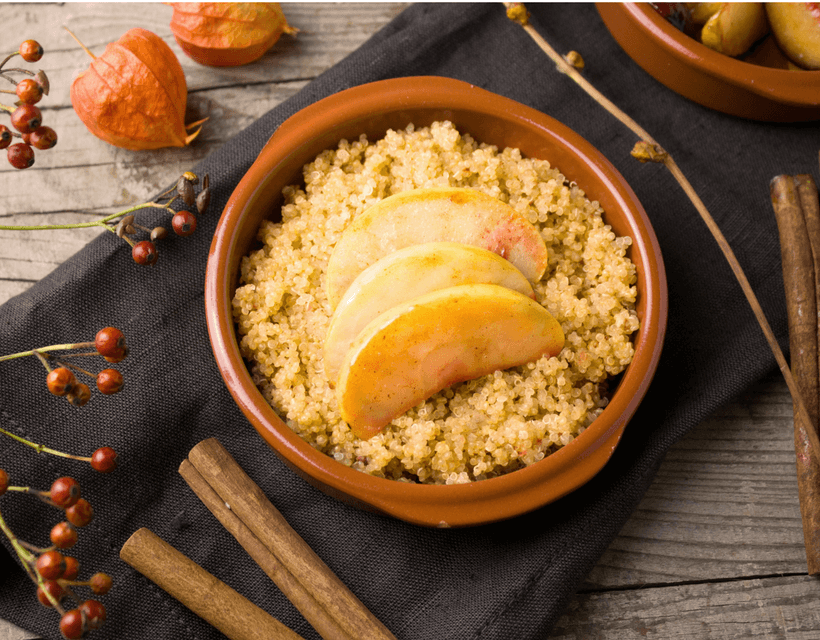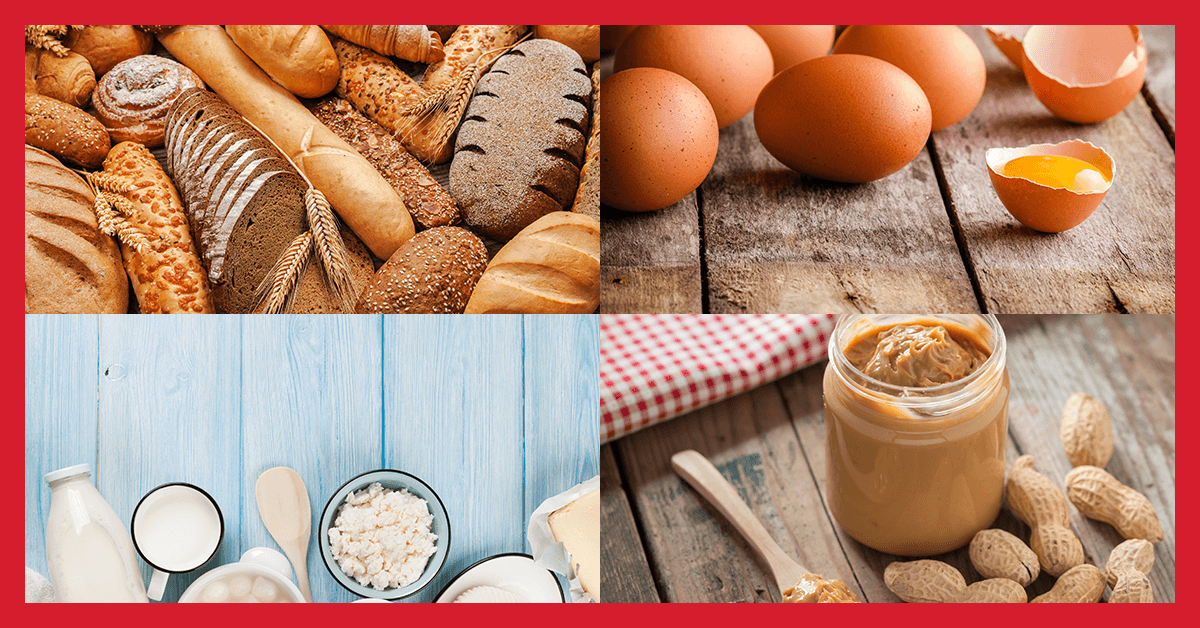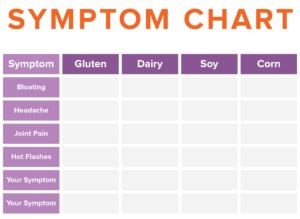
Guest post written by Jill Grunewald
If you’re even loosely tuned into online health communities, it probably seems as though “thyroid” is all the rage. Everyone appears to be talking about it. But that doesn’t mean that addressing—or assessing—thyroid health is a fad or “the next big thing.”
In fact, although the thyroid is a tiny gland, it is a big thing.
Why? Because every cell has thyroid hormone receptors. This is why the symptoms of hypothyroidism can run the gamut from mild fatigue to pronounced depression, for example. Additionally, more and more women—and to a lesser but no less concerning degree, men—are being diagnosed with hypothyroidism or low thyroid function. The problem is even starting to affect young girls, for reasons discussed below.
Hypothyroidism as a condition isn’t new. Lab testing for thyroid function has been around since the 1950s. You may have had a grandma or great aunt who had a “glandular problem,” which often meant they were hypothyroid.
What is the Thyroid?
This little butterfly-shaped gland in our neck is the maestro of our endocrine (hormonal) system. I like to refer to it as the spoon that stirs our hormonal soup.
Thyroid hormones—primarily T3 and T4—play a significant role in energy and metabolism. This is why the thyroid is often called “the master gland of metabolism.” These hormones also influence the brain, gallbladder and liver function, body temperature regulation, the gastrointestinal tract, our reproductive and cardiovascular systems, red blood cell metabolism, steroid hormone production, and bone metabolism.
The thyroid takes a mineral and an amino acid, iodine and tyrosine respectively, and converts this combination into T3 and T4. T3 is the most biologically active thyroid hormone—it’s what helps keep us lean, sharp, and warm.
Familiar symptoms of hypothyroidism include:
- Fatigue
- Brain fog
- Constipation
- Depression
- Weight gain/weight loss resistance
- Hair loss, including outer third of eyebrows
- Dry skin
- “Thyroid hair” (dry, brittle hair)
- Weak reflexes
- Feeling cold when others are comfortable
Symptoms often not recognized as being associated with hypothyroidism include:
- High cholesterol
- Edema/fluid retention (often present around the eyes/face)
- Recurring infections
- Going prematurely grey
- Low libido
- Anxiety
- Headaches
- Infertility
- Miscarrying
- PMS
- Pronounced morning fatigue
- Being stiff and achy upon waking
- Digestive issues
- Irregular menstrual cycles
- Parched mouth
- Gravely voice
One of the reasons that hypothyroidism is a silent epidemic is that too many of the above symptoms are viewed in isolation—too often, an underactive thyroid isn’t suspect. If you’re depressed, you may get a prescription for an antidepressant. If you’re constipated, a laxative. If you’re gaining weight or weight loss resistant, a recommendation to eat less and exercise more. If you’re struggling to get pregnant, a suggestion to try IVF.
To complicate matters, even when thyroid function is tested, it’s often not evaluated thoroughly—doctors often run a simple TSH (thyroid stimulating hormone) test, which only tells a small part of the story. TSH should always be taken in the context of other thyroid hormones, especially considering that TSH can be within normal limits in the face of hypothyroidism. These additional labs include Free T3, Free T4, Reverse T3, and thyroid antibodies that could show the presence of Hashimoto’s (autoimmune hypothyroidism): thyroperoxidase antibody (TPOAb) and thyroglobulin antibody (TgAb).
Hypothyroidism: Root Cause?
Hashimoto’s is the most common form of thyroid dysfunction—it’s estimated that over 90% of people with low thyroid function have the autoimmune form of the condition. In fact, Hashimoto’s is the most universal autoimmune disease and it’s estimated that 30 million women alone have it, whether they know it or not.
Historically, iodine deficiency has been considered the culprit, but this too tells a small part of the story. Today, iodine-deficient low thyroid function, without the autoimmune component, is unusual, but that’s not to say that those with Hashimoto’s can’t be low in this important mineral.
Other, “modern” causes of hypothyroidism/Hashimoto’s include:
- Exposure to environmental toxins (including heavy metals and pesticides) *
- Unrelenting stress, which can result in adrenal dysfunction/HPA axis dysregulation
- Systemic/cellular inflammation
- Intestinal permeability
- An infection
- Nutrient deficiencies
* Environmental toxins in the form of chemicals added to skin care and cosmetics products is why we’re seeing Hashimoto’s—and other forms of autoimmunity—much more frequently in the female population, including younger and younger women. As Dr. Susan Blum states, “. . . every chemical you are exposed to adds to your toxic load. Having a high toxic load makes it harder for your liver to handle pesticides and environmental estrogens, toxins that we know will affect your immune system.”
Spotlight: Nutrition for the Thyroid
Perhaps you’ve already been diagnosed with hypothyroidism or Hashimoto’s. You may be on thyroid hormone replacement—or maybe not. Regardless, the thyroid is extremely nutrient dependent and being mindful of your diet is critical for managing Hashimoto’s and giving your thyroid the nutritional love it so depends on.
Eating minimally processed foods with naturally occurring vitamins, minerals, amino acids, and phytonutrients is one of the best ways to support the thyroid—and immune system.
Genetically modified foods (GMOs), artificial sweeteners and additives, toxic oils, and antibiotic- and hormone-laden foods—all part of the standard American diet (SAD, and yes, it really is sad), trigger oxidative stress, which in turn affects how our cells communicate. Knowing that every cell has receptors for thyroid hormone, it’s not difficult to recognize how a diet deficient in key nutrients can disrupt this cellular communication.
So, what are these key nutrients?
I spent many weeks digging deeply into thyroid- and immune-supportive nutrition and then identifying foods rich in those nutrients. This meticulous research and subsequent ranking system became the foundation, the “nutritional springboard” for my best selling cookbook, The Essential Thyroid Cookbook.
This first-of-its-kind cookbook will leave no trace of doubt that our recipes are uniquely beneficial to your thyroid and immune system. They’ll support you for a lifetime of peak thyroid function no matter where you are on your wellness journey.
And finally, as for the multi-faceted nature of hypothyroidism symptoms, often, they no longer need to be seen as silos warranting individual treatment. Support the thyroid and immune system, and likely, you’ll see far-reaching improvement with these previously maddening symptoms.
Jill Grunewald, HNC, is an integrative nutrition and hormone coach and best selling author of The Essential Thyroid Cookbook.








